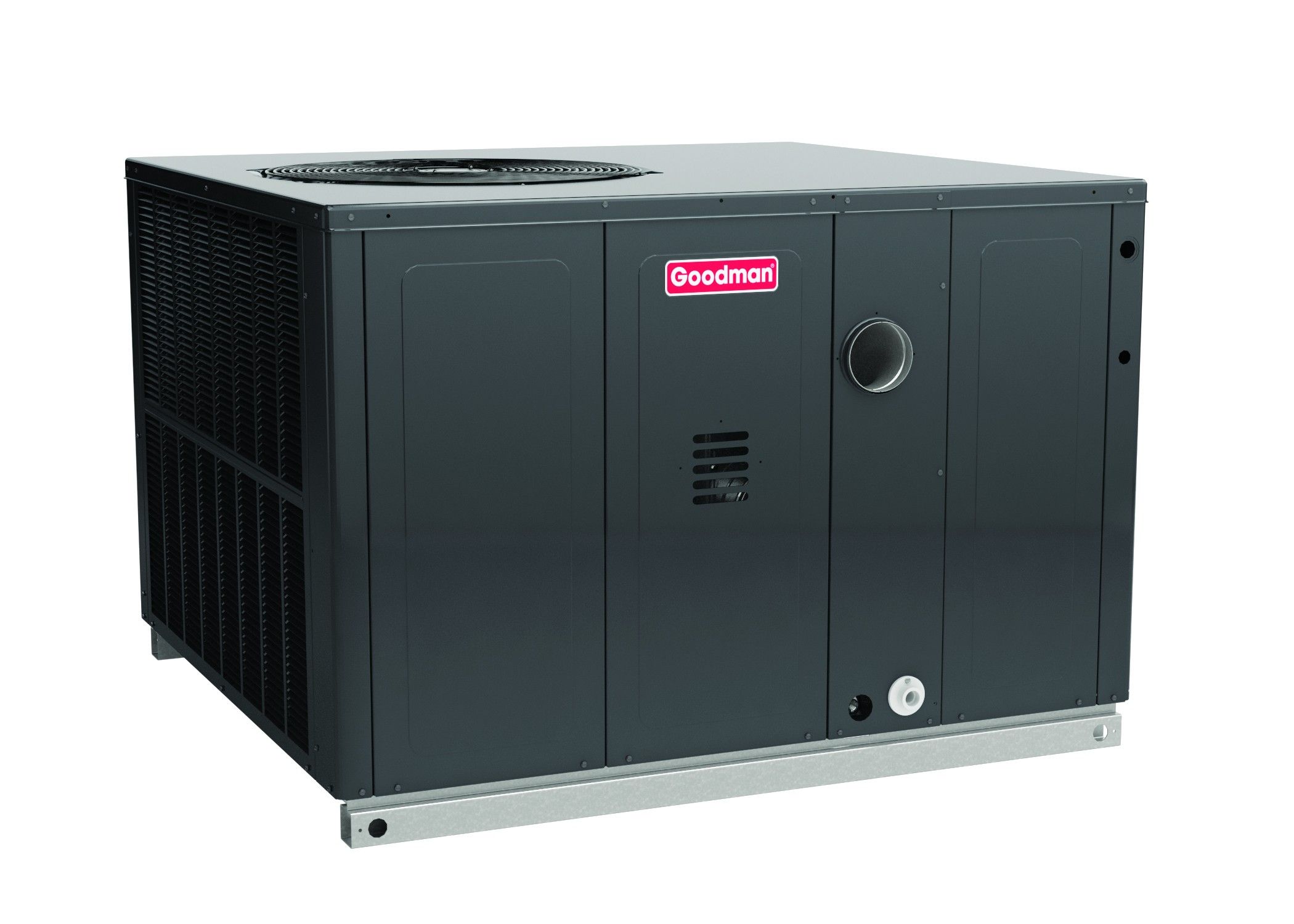

Articles
How Does A Gas Pack HVAC System Work
Modified: October 18, 2024
Discover the inner workings of a gas pack HVAC system in this informative article. Learn how it works and the benefits it offers for your home's comfort and energy efficiency.
(Many of the links in this article redirect to a specific reviewed product. Your purchase of these products through affiliate links helps to generate commission for Storables.com, at no extra cost. Learn more)
Introduction
A Gas Pack HVAC system, also known as a packaged gas-electric system, is a versatile and efficient heating, ventilation, and air conditioning system commonly used in residential and commercial buildings. It provides both heating and cooling functionality in a single unit, making it a popular choice for many homeowners.
In this article, we will explore how a Gas Pack HVAC system works, its components, the heating and cooling processes, thermostat control, advantages, energy efficiency, as well as maintenance and troubleshooting tips.
Understanding the inner workings of a Gas Pack HVAC system can help homeowners make informed decisions about their heating and cooling needs. So, let’s dive in and discover how this innovative system keeps us comfortable all year round.
Key Takeaways:
- Gas Pack HVAC systems offer space-efficient, versatile, and energy-efficient heating and cooling solutions for homes and commercial buildings, providing comfort and cost savings in a single, all-in-one unit.
- Regular maintenance and troubleshooting are essential to ensure optimal performance and longevity of Gas Pack HVAC systems, including cleaning, inspecting ductwork, scheduling professional maintenance, and monitoring thermostat settings.
Read more: How Does HVAC System Work In Home
Overview of Gas Pack HVAC Systems
A Gas Pack HVAC system combines the functions of a gas furnace and an air conditioner into one unit. It is typically installed on the rooftop or on a concrete pad outside the building, saving valuable indoor space. This compact design makes it a great option for homes with limited space or for commercial buildings.
The system consists of several key components, including a gas furnace, an air conditioner, a thermostat, and ductwork. The gas furnace provides heating during the colder months, while the air conditioner provides cooling during the hot summer months. The thermostat allows you to control the temperature and set preferences for comfort.
Gas Pack HVAC systems are designed to provide efficient heating and cooling throughout the building. They deliver warm or cool air through ductwork, which is distributed to different rooms or zones. The ductwork ensures consistent airflow and temperature control, allowing for a comfortable living or working environment.
One of the major advantages of a Gas Pack HVAC system is its all-in-one design. By combining heating and cooling functions into a single unit, homeowners can save space and installation costs. Additionally, the system is engineered to work seamlessly, ensuring efficient and reliable operation.
Gas Pack HVAC systems also offer flexibility in terms of fuel sources. They can be powered by natural gas or propane, depending on availability and personal preference. This allows homeowners to choose the fuel that suits their needs and budget.
In summary, Gas Pack HVAC systems provide a convenient and efficient solution for heating and cooling needs. Their compact design, all-in-one functionality, and flexibility make them a popular choice for many households and commercial buildings. Now, let’s take a closer look at the components that make up a Gas Pack HVAC system.
Components of a Gas Pack HVAC System
A Gas Pack HVAC system is comprised of several essential components that work together to provide efficient heating and cooling. Understanding these components can help homeowners troubleshoot issues and ensure proper maintenance of their system.
1. Gas Furnace: The gas furnace is responsible for heating the air. It contains a burner, a heat exchanger, and a blower. The burner ignites the natural gas or propane, while the heat exchanger transfers the heat from the combustion process to the air. The blower then distributes the heated air throughout the building via the ductwork.
2. Air Conditioner: The air conditioner cools the air by removing heat and humidity. It consists of a compressor, a condenser, and an evaporator coil. The compressor pressurizes the refrigerant, which then moves to the condenser where it releases heat. The cooled refrigerant flows to the evaporator coil, where it absorbs heat from the indoor air. The conditioned air is then distributed to different areas of the building.
3. Thermostat: The thermostat is the control panel for the Gas Pack HVAC system. It allows homeowners to set the desired temperature, switch between heating and cooling modes, and program schedules for automatic temperature adjustments. Modern thermostats may even have Wi-Fi capabilities, enabling remote control and energy-saving features.
4. Ductwork: The ductwork is the network of metal or flexible tubes that distribute the heated or cooled air throughout the building. It consists of supply ducts that deliver conditioned air to various rooms and return ducts that carry air back to the system for reconditioning. Properly designed and sealed ductwork is crucial for efficient airflow and temperature control.
5. Vents and Registers: Vents and registers are openings in the walls, ceilings, or floors that allow the conditioned air to flow into the rooms. They can be adjusted to control the direction and intensity of the airflow, helping to regulate temperatures in individual areas of the building.
6. Air Filters: Gas Pack HVAC systems utilize air filters to trap dust, pollen, and other particles, improving indoor air quality. Regularly changing or cleaning the filters is important to maintain the system’s performance and prevent airflow obstructions.
These are the main components that make up a Gas Pack HVAC system. Each component plays a vital role in ensuring efficient and effective heating and cooling. Understanding how these components work together can help homeowners identify any issues and seek professional assistance when needed.
Heating Process in a Gas Pack HVAC System
The heating process in a Gas Pack HVAC system begins with the gas furnace. When the thermostat detects that the indoor air temperature has dropped below the set point, it sends a signal to the furnace to start the heating cycle.
1. Ignition: The gas valve opens, allowing natural gas or propane to flow into the burner assembly. An electric ignition system, either a hot surface igniter or an intermittent pilot, ignites the gas, creating a flame within the burner assembly.
2. Combustion: The ignited gas burns inside the burner assembly, producing high temperatures. A heat exchanger, made of metal tubes or coils, is located above the burner assembly. As the hot combustion gases pass through the heat exchanger, heat is transferred to the metal surfaces. The heat exchanger prevents the combustion gases from mixing with the indoor air.
3. Air Circulation: The blower motor, located below the heat exchanger, begins to operate, drawing in return air from the building through the return ducts. The return air passes over the heat exchanger, absorbing the heat from the hot metal surfaces.
4. Filtered Air: During the heating process, the return air passes through the air filters, which trap dust, debris, and other particles. This filtration helps improve indoor air quality by removing airborne contaminants.
5. Supply Air: The heated and filtered air is pushed out through the supply ducts, distributing it to different rooms or zones in the building. Vents and registers in each room release the warm air, effectively raising the indoor temperature to the desired level.
6. Temperature Regulation: The thermostat continuously monitors the indoor temperature. Once the set temperature is reached, it signals the furnace to stop the heating cycle. The blower motor may continue to operate for a short while to distribute the remaining warm air before shutting off.
The heating process in a Gas Pack HVAC system is efficient and reliable, ensuring a comfortable environment during colder months. Regular maintenance, such as cleaning the burners, inspecting the heat exchanger, and changing air filters, is essential to optimize the heating performance and ensure safe operation.
Cooling Process in a Gas Pack HVAC System
The cooling process in a Gas Pack HVAC system is initiated when the thermostat senses that the indoor air temperature is higher than the set point. It triggers the system to switch from heating to cooling mode, activating the air conditioning component of the system.
1. Refrigerant Circulation: The cooling process begins with a refrigerant, typically a chemical compound known for its low boiling point. The refrigerant is circulated through a closed-loop system that consists of a compressor, a condenser coil, an expansion valve, and an evaporator coil.
2. Compressor: The compressor, a vital component of the air conditioning system, pressurizes the refrigerant, raising its temperature and pressure. As a result, the refrigerant transforms from a low-pressure vapor to a high-pressure, high-temperature gas.
3. Condenser Coil: The high-pressure refrigerant gas flows into the condenser coil, usually located outside the building. The condenser coil is designed to release heat efficiently. As the hot refrigerant enters the coil, it dissipates heat to the outdoor environment. This causes the refrigerant to condense into a high-pressure liquid.
4. Expansion Valve: The high-pressure liquid refrigerant then passes through the expansion valve, causing a pressure drop. This results in the refrigerant transitioning from a high-pressure liquid to a low-pressure, low-temperature mixture of liquid and vapor.
5. Evaporator Coil: The low-pressure refrigerant mixture enters the evaporator coil, which is located inside the building. The evaporator coil is designed to allow maximum heat transfer from the indoor air to the refrigerant. As the warm indoor air passes over the cold evaporator coil, the heat is absorbed by the refrigerant, causing it to evaporate into a low-pressure vapor.
6. Air Circulation: The blower motor, connected to the evaporator coil, begins to operate, drawing warm air from the building through the return ducts. This warm air passes over the cold evaporator coil, effectively cooling it down. As a result, the air loses heat and moisture, resulting in cool, dehumidified air.
7. Supply Air: The cool air is then pushed out through the supply ducts, distributing it to different areas of the building. The vents and registers in each room release the conditioned air, bringing the indoor temperature down to the desired level.
8. Temperature Regulation: The thermostat constantly monitors the indoor temperature. Once the set temperature is reached, it signals the system to stop the cooling cycle. The blower motor may continue to operate for a short while to distribute the remaining cool air before shutting off.
The cooling process in a Gas Pack HVAC system is efficient and effective, providing relief during hot summer months. Regular maintenance, such as cleaning the condenser coils, checking refrigerant levels, and inspecting air filters, is essential to ensure optimal cooling performance and energy efficiency.
Regular maintenance of your gas pack HVAC system is essential for optimal performance. This includes cleaning or replacing air filters, checking for leaks, and ensuring proper airflow.
Read more: Where To Buy Nitrogen Gas For HVAC
Thermostat Control in a Gas Pack HVAC System
The thermostat is a crucial component of a Gas Pack HVAC system as it allows homeowners to control the temperature and set preferences for comfort. It serves as the interface between the occupants and the system, providing a convenient and efficient method of managing the heating and cooling cycles.
Modern thermostats come with a variety of features and functionalities that make temperature control more intuitive and energy-efficient. Here’s a breakdown of thermostat control in a Gas Pack HVAC system:
1. Temperature Setting: The primary function of the thermostat is to set the desired indoor temperature. Users can adjust the temperature up or down based on their personal comfort preferences. The thermostat sends a signal to the system to activate either the heating or cooling mode to reach the set temperature.
2. Heating and Cooling Modes: The thermostat allows users to switch between heating and cooling modes. In cooler months, the thermostat activates the gas furnace to provide warmth. In warmer months, it triggers the air conditioner to cool the air. Some thermostats even have an automatic mode that intelligently switches between heating and cooling based on the detected indoor temperature.
3. Programmable Schedules: Many thermostats offer programming capabilities, allowing users to set customized schedules for temperature adjustments throughout the day. This feature is particularly useful for individuals who want to optimize energy efficiency. For example, during working hours or at night, the thermostat can automatically adjust the temperature to conserve energy and save on utility costs.
4. Wi-Fi Connectivity: Advancements in technology have led to the availability of thermostats with Wi-Fi connectivity. With Wi-Fi capabilities, homeowners can control their HVAC system remotely using a smartphone or tablet. This feature provides convenience and flexibility, allowing users to monitor and adjust temperature settings from anywhere, at any time.
5. Energy-Saving Features: Thermostats often include energy-saving features such as “smart” or “adaptive” programming. These features learn the user’s schedule and adjust temperature settings accordingly, minimizing energy consumption when the space is unoccupied. Some thermostats even provide energy usage reports, allowing homeowners to track and optimize their energy usage.
6. Zone Control: In larger buildings, zone control is a valuable feature provided by some thermostats. This feature allows users to set different temperature settings for different areas or rooms. Zone control enables precise temperature management, providing comfort to occupants in each zone while maximizing energy efficiency.
Thermostat control plays a crucial role in ensuring the comfort and energy efficiency of a Gas Pack HVAC system. It empowers homeowners to conveniently manage temperature settings and customize their HVAC system’s operation based on their lifestyle and preferences. It’s important to select a thermostat that is compatible with the Gas Pack system and offers the desired features to meet the specific needs of the household.
Advantages of Gas Pack HVAC Systems
Gas Pack HVAC systems, also known as packaged gas-electric systems, provide several advantages that make them a popular choice for homeowners. Here are some of the key benefits of using a Gas Pack HVAC system:
1. Space Efficiency: Gas Pack HVAC systems are designed to be compact and space-saving. These systems combine the functions of a gas furnace and an air conditioner into a single unit, typically installed on the rooftop or on a concrete pad outside the building. This saves valuable indoor space that can be utilized for other purposes.
2. Simplicity of Installation: Installing a Gas Pack HVAC system is straightforward and convenient. The unit is self-contained and requires minimal on-site assembly. This makes the installation process more efficient, reducing labor costs and installation time compared to separate heating and cooling systems.
3. Versatility: Gas Pack HVAC systems offer versatility in terms of fuel sources. They can be powered by natural gas or propane, depending on availability and personal preference. This flexibility allows homeowners to choose the fuel that suits their needs and budget.
4. All-In-One Design: The all-in-one design of Gas Pack HVAC systems simplifies maintenance and servicing. Since all components are housed in a single unit, technicians have easy access for inspections, repairs, and routine maintenance tasks. This saves both time and effort, ensuring the system operates efficiently and extends its lifespan.
5. Energy Efficiency: Gas Pack HVAC systems are engineered to provide high energy efficiency. They are designed with advanced technology, such as variable speed motors, multi-stage compressors, and smart thermostat integration. These features optimize energy consumption, resulting in lower utility bills and reduced environmental impact.
6. Cost Savings: Gas Pack HVAC systems can help homeowners save money in several ways. Firstly, their energy efficiency leads to reduced energy consumption, resulting in lower utility bills. Secondly, the single-unit design eliminates the need for separate installations of a furnace and an air conditioner, saving on installation costs. Lastly, the versatility of fuel options allows homeowners to choose the most cost-effective and readily available fuel source.
7. Convenience: The convenience of a Gas Pack HVAC system lies in its integrated design and centralized control. With a single unit handling both heating and cooling, homeowners can easily adjust temperature settings and switch between modes using the thermostat. This ease of use enhances comfort and allows for quick and efficient temperature control throughout the year.
8. Comfort: Gas Pack HVAC systems provide consistent and reliable heating and cooling throughout the building. The system is designed to deliver a balanced airflow, ensuring even distribution of temperature and improved comfort in every room or zone. The ability to control temperature settings precisely helps create a comfortable indoor environment tailored to individual preferences.
In summary, Gas Pack HVAC systems offer space efficiency, versatility in fuel sources, energy efficiency, cost savings, convenience, and enhanced comfort. These advantages make them an attractive option for homeowners looking for a comprehensive heating and cooling solution in a single unit.
Energy Efficiency of Gas Pack HVAC Systems
Energy efficiency is a key consideration for homeowners when choosing a heating, ventilation, and air conditioning (HVAC) system. Gas Pack HVAC systems are known for their high energy efficiency, offering several benefits for both the environment and homeowners’ wallets.
1. Dual Fuel Capability: Gas Pack HVAC systems have the advantage of dual fuel capability. They can operate using either natural gas or propane, allowing homeowners to choose the most cost-effective and readily available fuel source in their area. This flexibility helps optimize energy efficiency and minimize operating costs.
2. Advanced Technology: Gas Pack HVAC systems incorporate advanced technologies that enhance energy efficiency. These include variable speed motors, multi-stage compressors, and smart thermostat integration. Variable speed motors adjust the airflow based on the heating or cooling demand, reducing energy consumption. Multi-stage compressors modulate their capacity to match the load, optimizing performance and energy efficiency. Smart thermostats enable precise temperature control, automatic scheduling, and energy-saving features.
3. Combined Heating and Cooling: Gas Pack HVAC systems are designed to provide both heating and cooling in a single unit. This integration eliminates the energy losses that can occur when separate systems are used. By combining the functions, the system operates more efficiently, saving energy and reducing overall utility costs.
4. Zoned Heating and Cooling: Gas Pack HVAC systems can be equipped with zoning capabilities, allowing different areas or zones of the building to be heated or cooled independently. This feature increases energy efficiency by only heating or cooling the areas that require it, rather than conditioning the entire building. Zoning allows homeowners to customize temperature settings and optimize energy usage based on occupancy and comfort requirements.
5. Improved Insulation and Ductwork: When installing a Gas Pack HVAC system, it provides an opportunity to evaluate and improve insulation and ductwork. Proper insulation reduces heat loss in winter and heat gain in summer, helping the system operate efficiently. Well-designed and sealed ductwork minimizes air leakage and ensures optimal airflow, avoiding energy waste and keeping the system working at its best.
6. Regular Maintenance: Proper maintenance is essential for optimizing the energy efficiency of any HVAC system, including Gas Pack systems. Regularly cleaning or replacing air filters, checking and sealing ductwork, and scheduling routine maintenance can help ensure the system operates at peak efficiency. A well-maintained system reduces energy waste and extends the lifespan of the equipment.
By choosing a gas pack HVAC system, homeowners can benefit from its inherent energy efficiency features. By utilizing advanced technology, dual fuel capability, combined heating and cooling, zoning, improved insulation, ductwork, and regular maintenance, gas pack systems provide optimal comfort while minimizing energy consumption and lowering utility costs.
Maintenance and Troubleshooting Tips for Gas Pack HVAC Systems
Maintaining and troubleshooting a Gas Pack HVAC system is crucial to ensure optimal performance, energy efficiency, and longevity. Regular maintenance and timely troubleshooting can prevent costly repairs and keep the system running smoothly. Here are some tips to help homeowners maintain and troubleshoot their Gas Pack HVAC systems:
1. Regular Cleaning: Keep the outdoor unit of the Gas Pack HVAC system free from debris, such as leaves, branches, and dirt. Clean the coils and fins of the air conditioner to ensure efficient heat transfer. Additionally, regularly clean or replace the air filters to maintain proper airflow and prevent dust and dirt buildup, which can restrict the system’s performance.
2. Inspect Ductwork: Regularly inspect the ductwork for any signs of damage, such as leaks or loose connections. Sealing any leaks in the ductwork can improve energy efficiency and ensure proper airflow. Additionally, ensure that the ducts are free from obstructions, such as furniture or debris, that can block airflow and reduce system performance.
3. Schedule Professional Maintenance: It is recommended to schedule annual professional maintenance for your Gas Pack HVAC system. A qualified technician will perform a comprehensive inspection, clean the system, check for any potential issues, and ensure all components are functioning correctly. Regular maintenance can prolong the lifespan of the system, improve efficiency, and prevent major breakdowns.
4. Monitor Thermostat Settings: Regularly check and calibrate the thermostat settings to ensure accurate temperature control. Ensure that the thermostat is not exposed to direct sunlight or heat sources that can affect its readings. Consider upgrading to a programmable or smart thermostat that can optimize energy usage based on occupancy and preferences.
5. Troubleshooting Common Issues: If the Gas Pack HVAC system is not functioning properly, here are some troubleshooting tips:
- If there is no power: Check the power supply to the unit and ensure that the circuit breaker or fuse is not tripped or blown.
- If there is no airflow: Check for a dirty or clogged air filter. Clean or replace the filter if necessary.
- If the system is not heating or cooling: Ensure that the thermostat is set to the correct mode (heating or cooling) and verify that the temperature settings are appropriate. If the issue persists, there may be a problem with the gas supply, compressor, or refrigerant levels. Contact a professional technician for further diagnosis and repair.
- If there are strange noises or odors: Unusual noises or odors can indicate an underlying issue with the system. It is best to shut off the unit and contact a qualified technician to inspect and diagnose the problem.
Remember, if you are not comfortable performing maintenance or troubleshooting tasks on your own, it is always wise to seek assistance from a professional HVAC technician. They have the expertise and knowledge to identify and resolve issues effectively and safely.
By following these maintenance and troubleshooting tips, homeowners can keep their Gas Pack HVAC systems in peak condition, ensuring comfort, energy efficiency, and reliable performance throughout the year.
Read more: How Do Commercial HVAC Systems Work
Conclusion
Gas Pack HVAC systems are a versatile and efficient solution for heating, ventilation, and air conditioning needs in residential and commercial buildings. Their all-in-one design, space efficiency, and dual fuel capability make them ideal for homeowners looking to save space and optimize energy usage.
By understanding the components, heating and cooling processes, thermostat control, and advantages of Gas Pack HVAC systems, homeowners can make informed decisions about their heating and cooling needs.
Gas Pack HVAC systems offer numerous benefits, including space efficiency, cost savings, convenience, and improved energy efficiency. They provide reliable heating and cooling in a single unit, reducing installation costs and maintenance efforts.
Maintaining and troubleshooting a Gas Pack HVAC system is crucial to ensure optimal performance and longevity. Regular cleaning, inspecting ductwork, scheduling professional maintenance, and monitoring thermostat settings are essential for efficient operation.
Overall, Gas Pack HVAC systems provide comfortable and energy-efficient heating and cooling solutions for homes and commercial buildings. By taking care of the system and addressing any issues promptly, homeowners can enjoy the benefits of a well-functioning and efficient HVAC system for years to come.
Frequently Asked Questions about How Does A Gas Pack HVAC System Work
Was this page helpful?
At Storables.com, we guarantee accurate and reliable information. Our content, validated by Expert Board Contributors, is crafted following stringent Editorial Policies. We're committed to providing you with well-researched, expert-backed insights for all your informational needs.
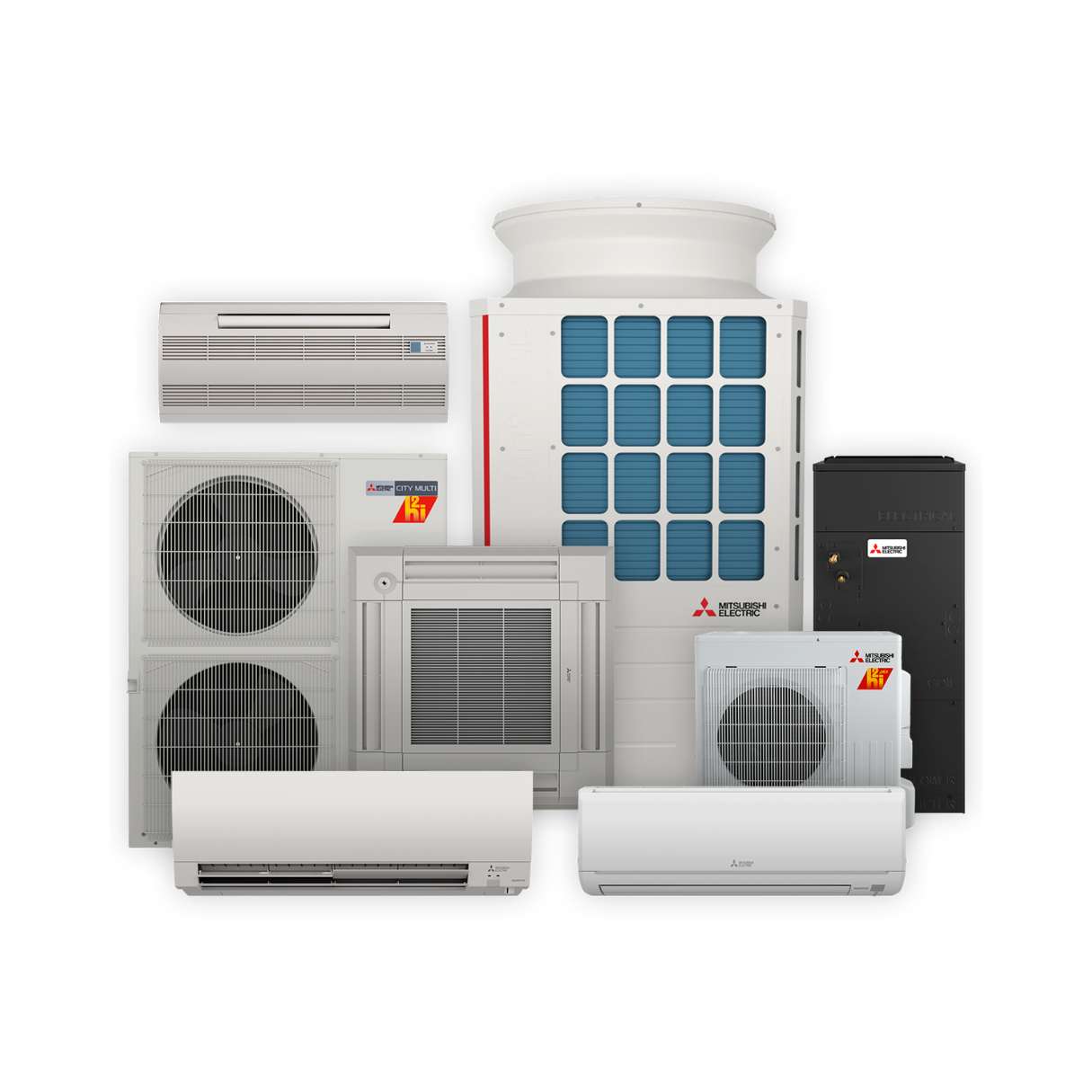
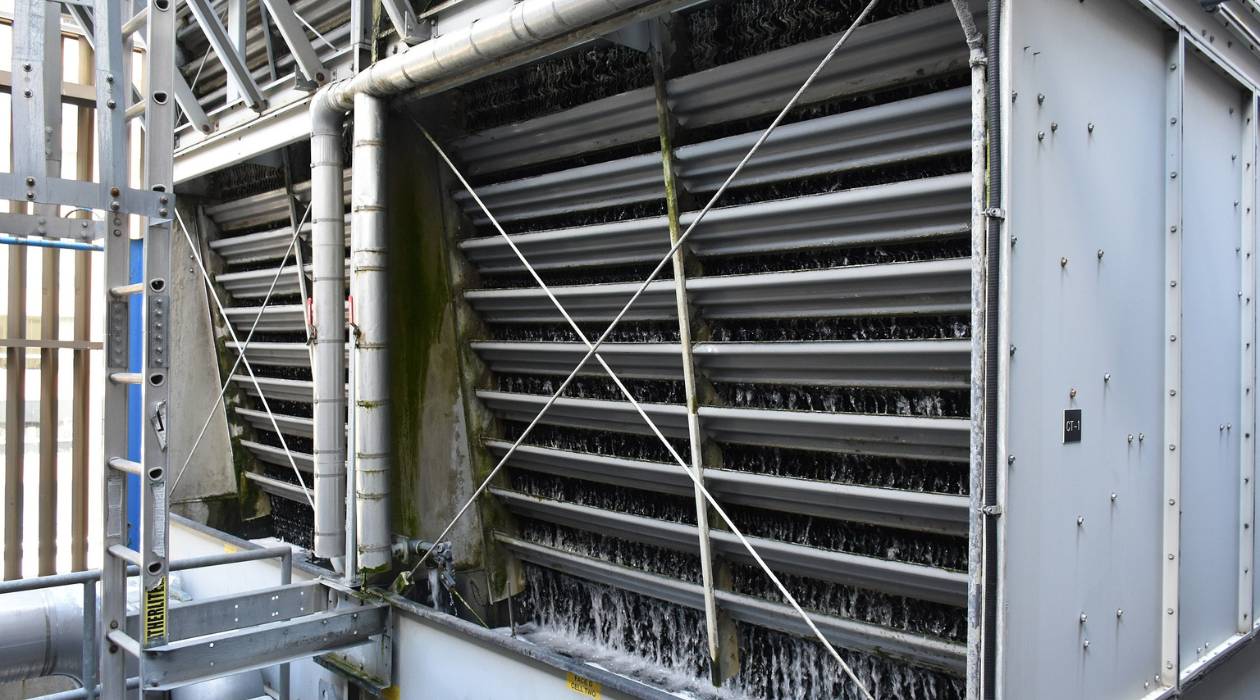
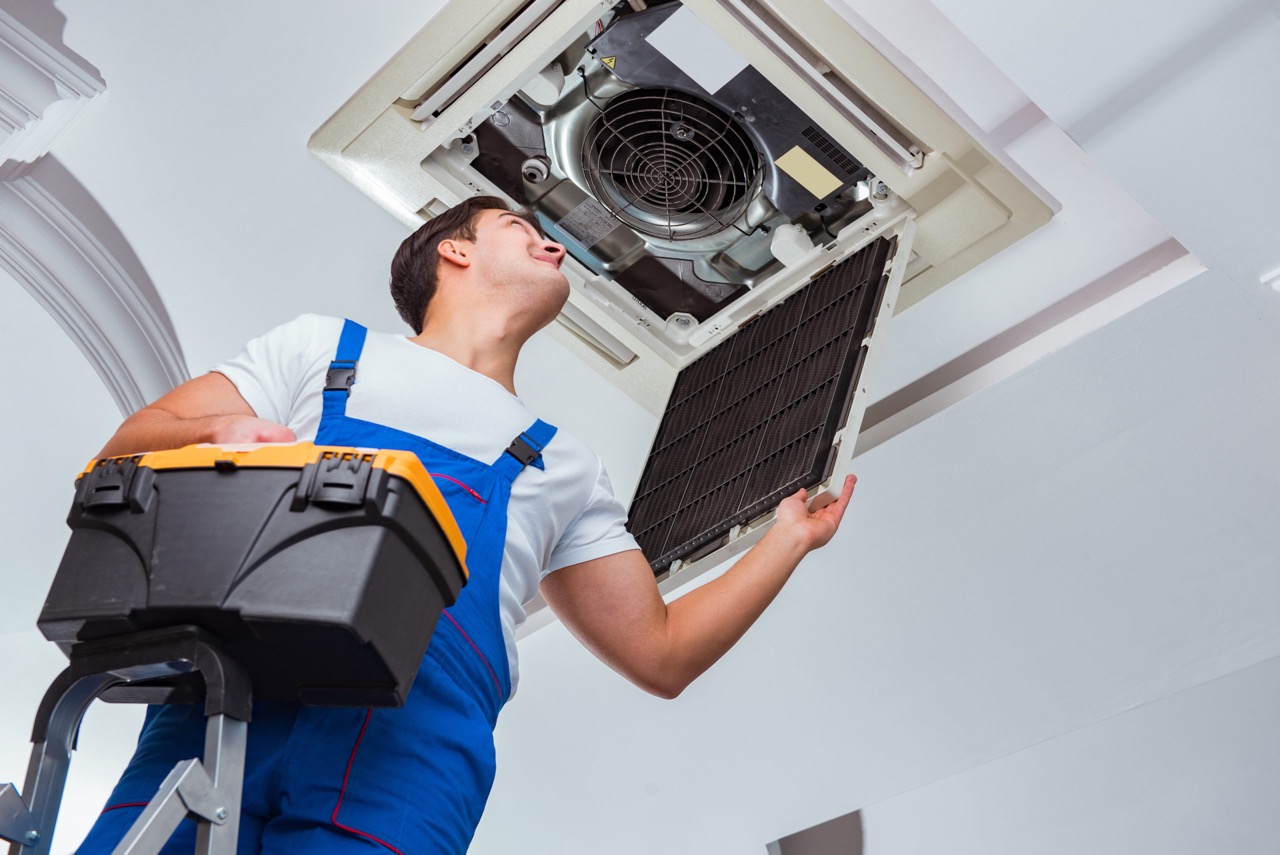
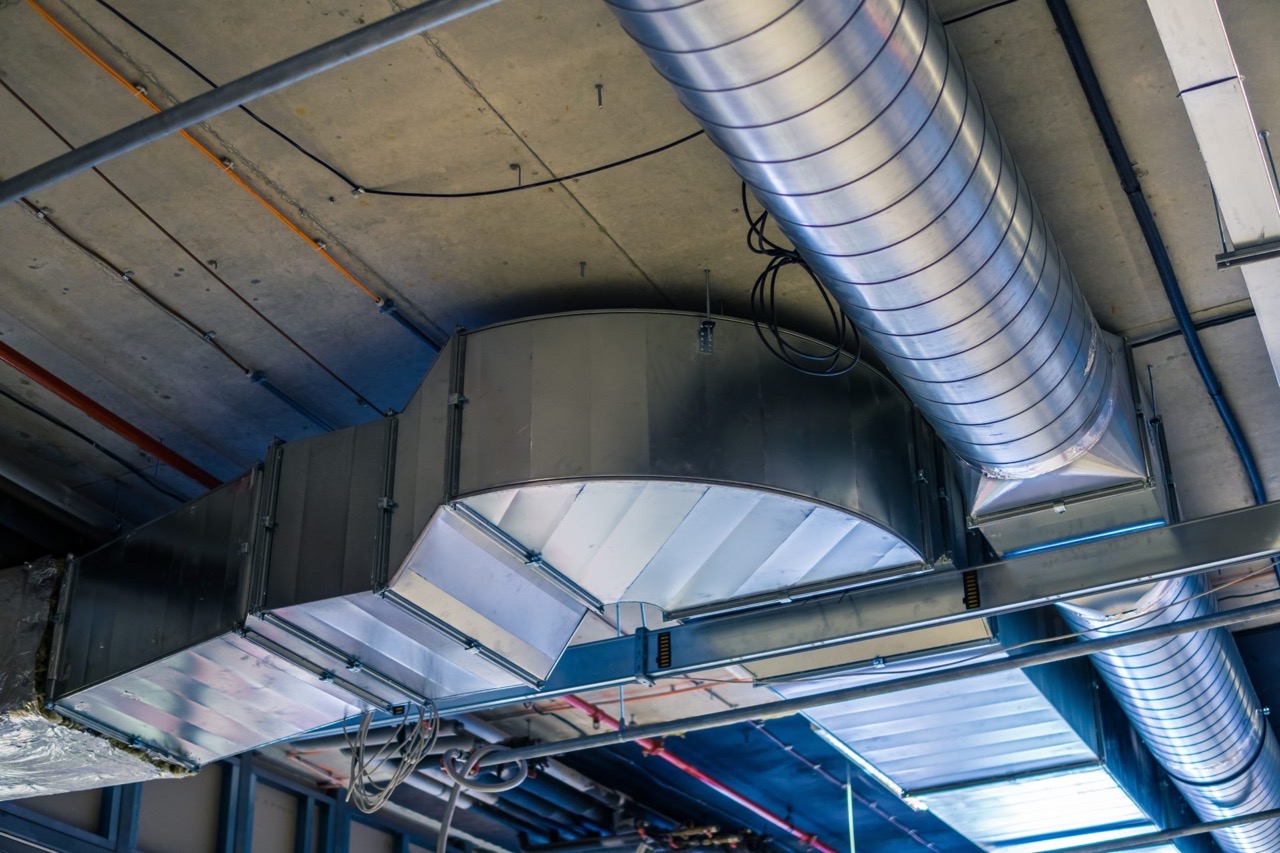



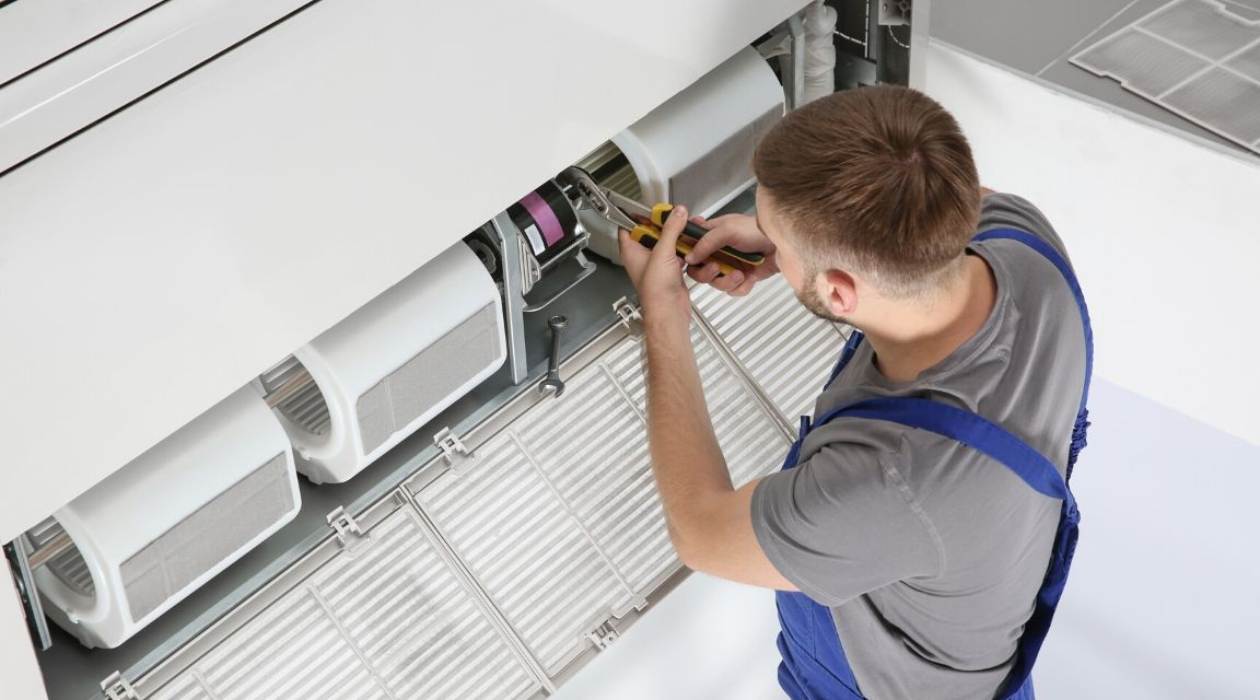
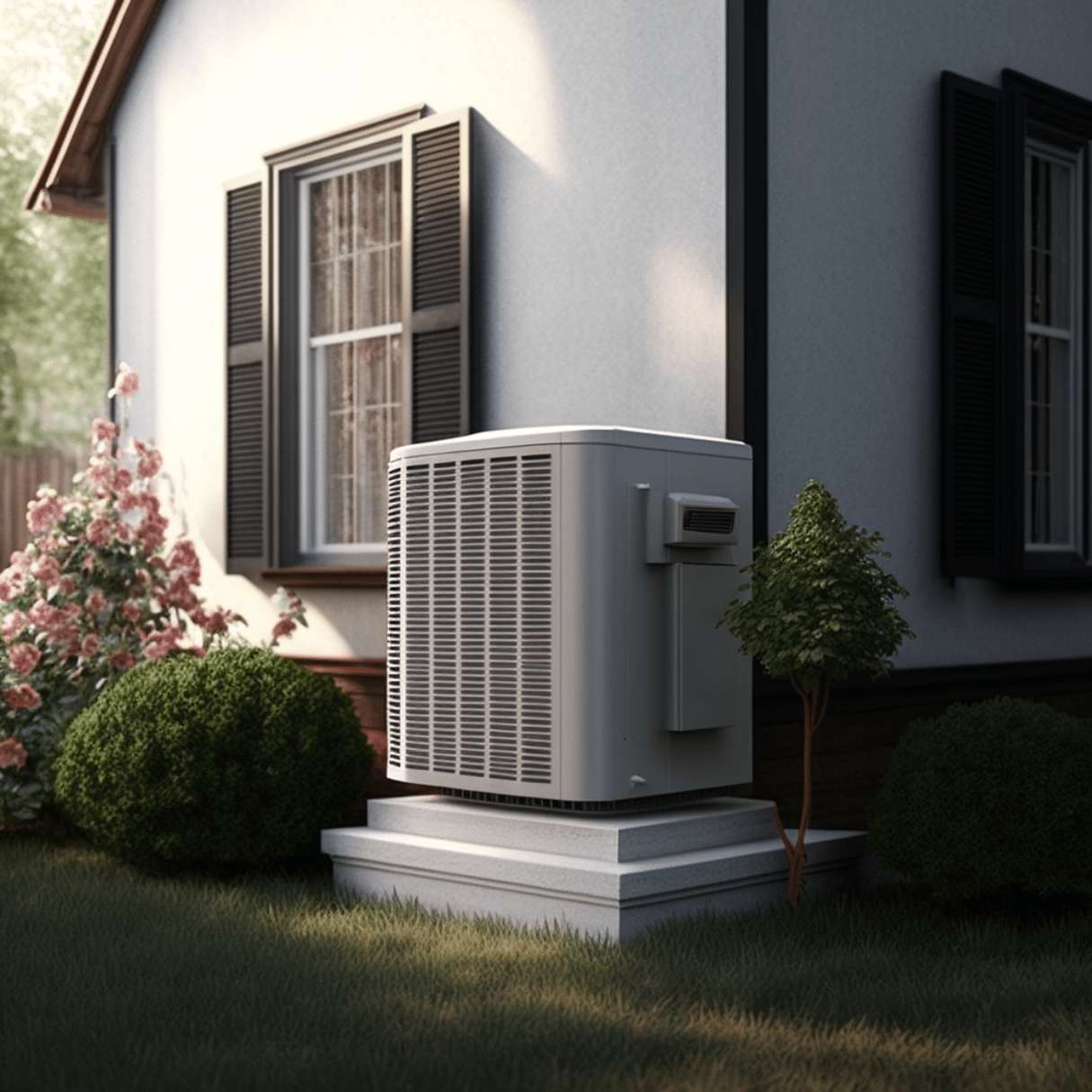
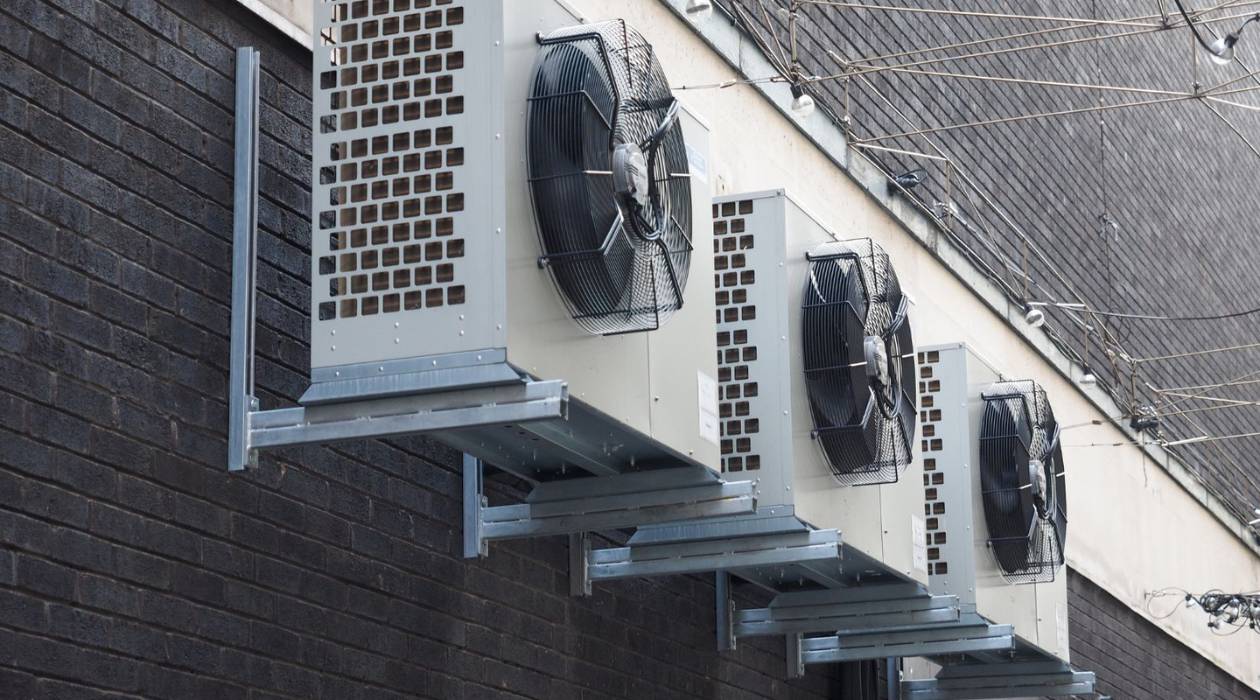
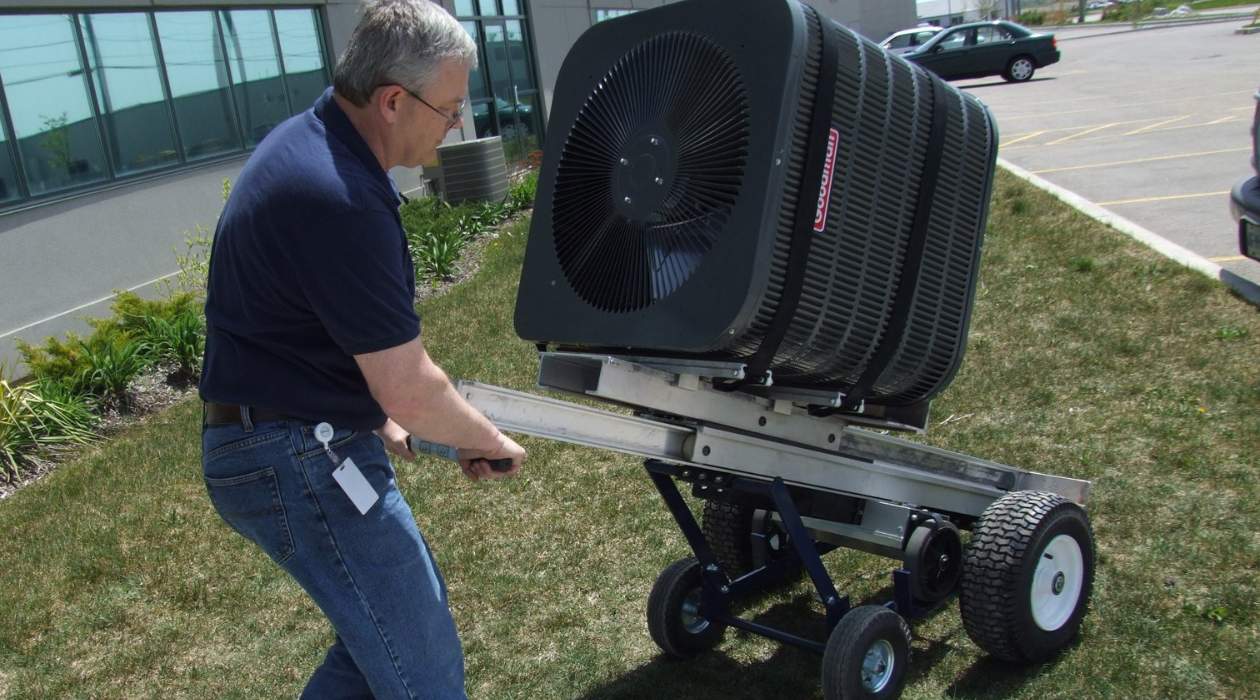
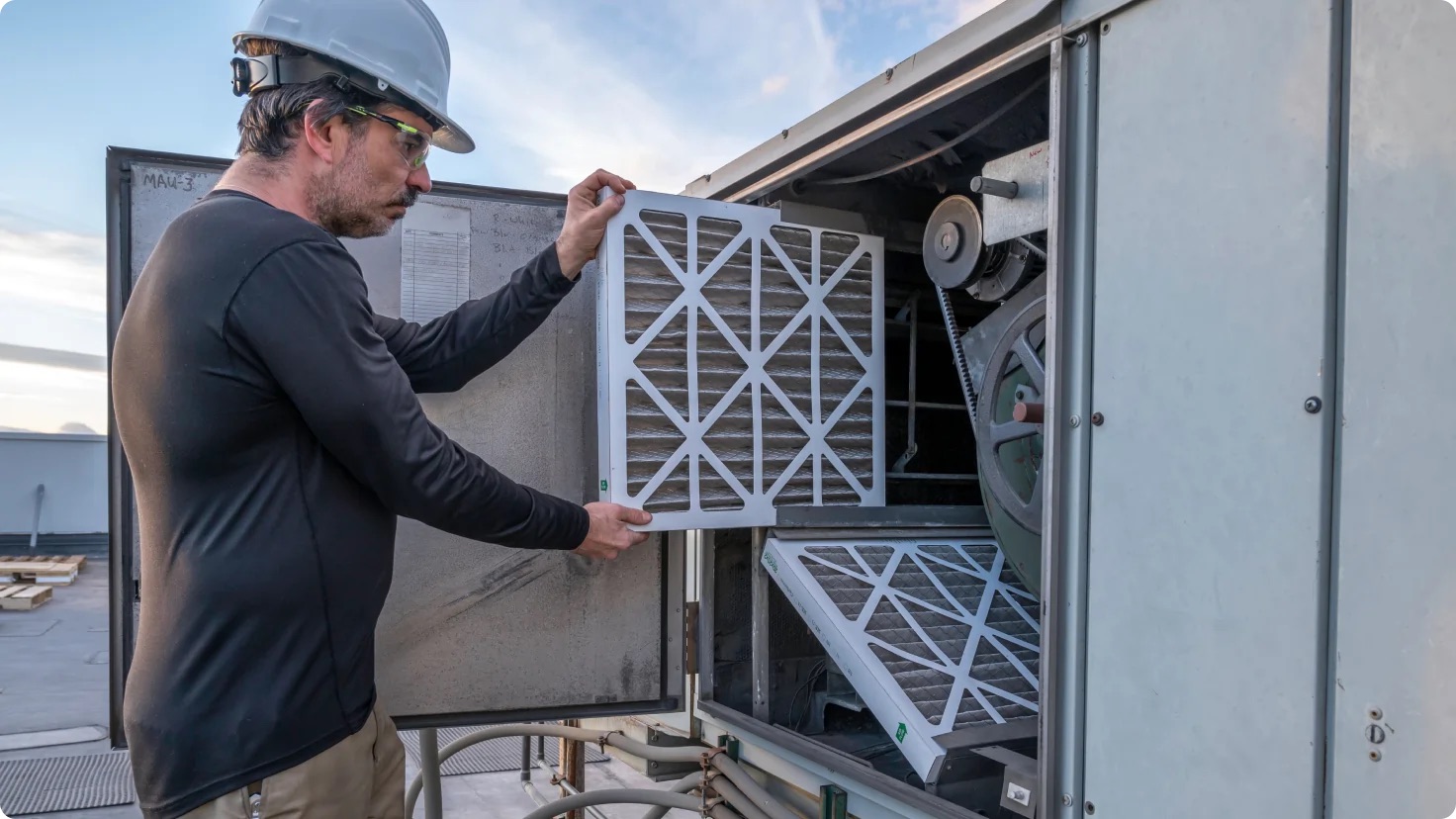
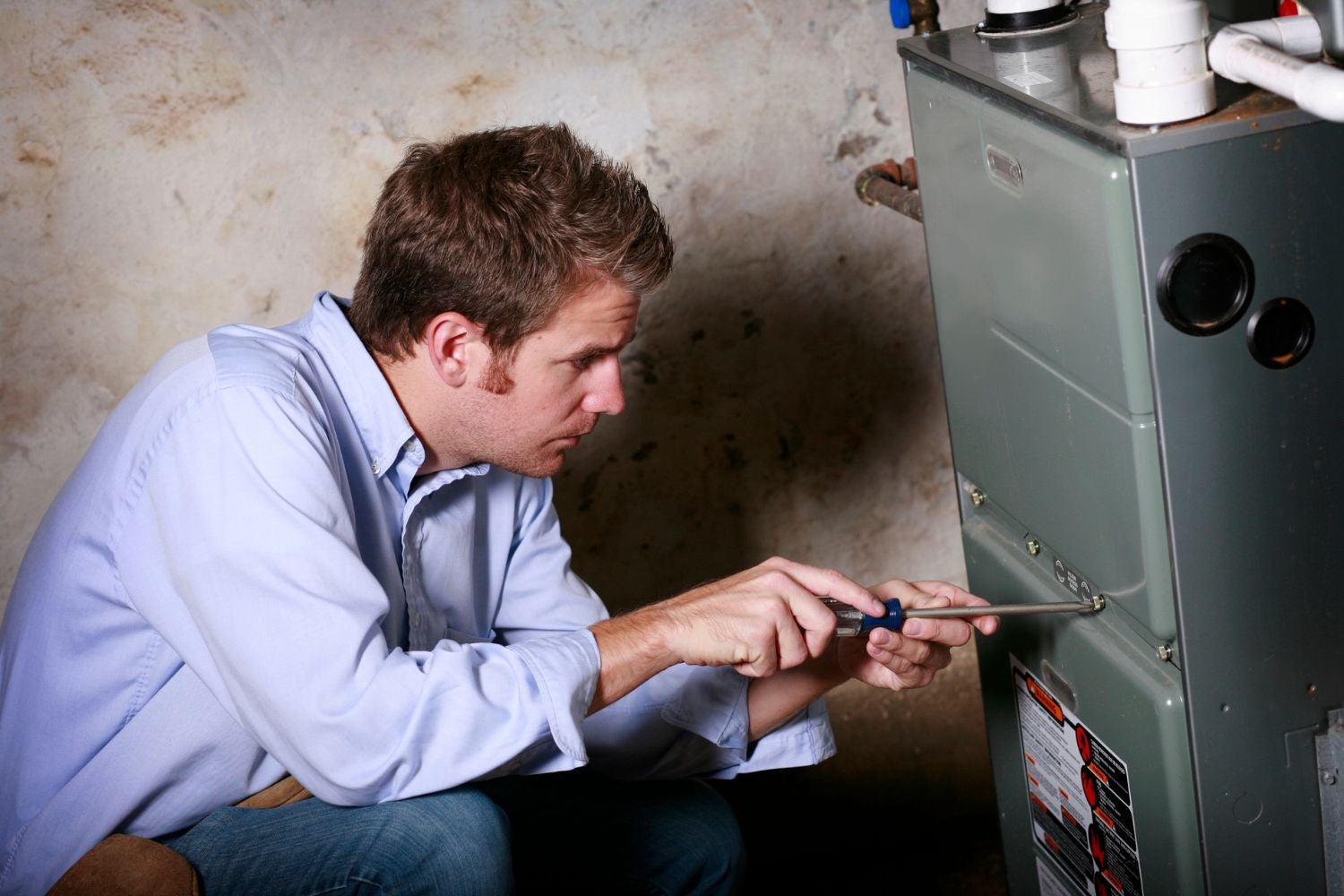

0 thoughts on “How Does A Gas Pack HVAC System Work”